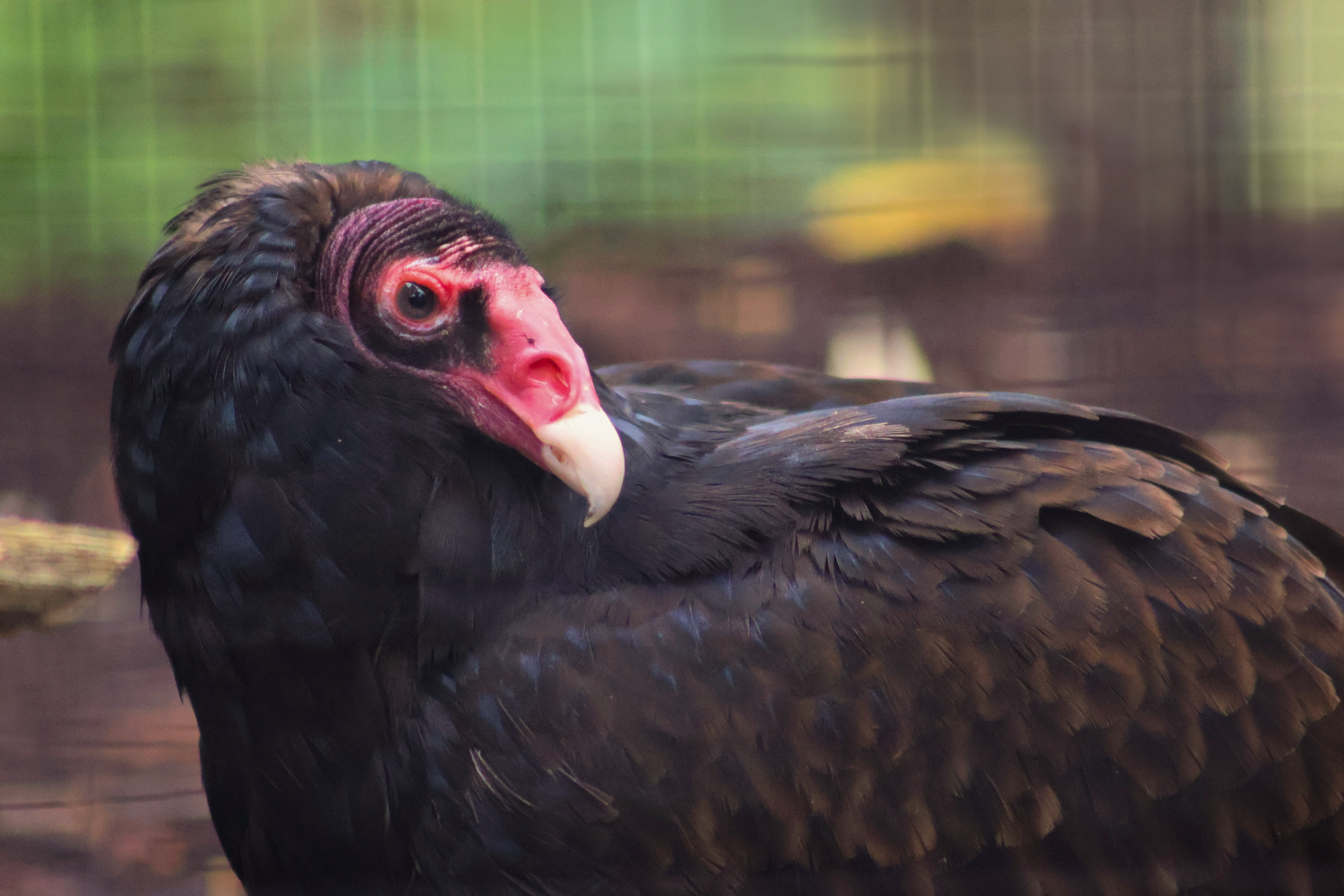The turkey vulture is quite a social bird! Individuals will often fly together in flocks while searching for food or during migration season.
A NOSE LIKE NO OTHER
The turkey vulture is one of the the few bird species that uses their sense of smell to find their next meal, most rely on their sight to locate food. A turkey vulture can smell carrion from as far one mile away!
HELPING TURKEY VULTURES IN THE WILD
By visiting the Fort Wayne Children’s Zoo, you are supporting local, regional, and global conservation. A portion of every ticket sold goes towards conservation of wildlife and wild places. Each year, the Fort Wayne Children’s Zoo donates over $250,000 to our conservation partners.

